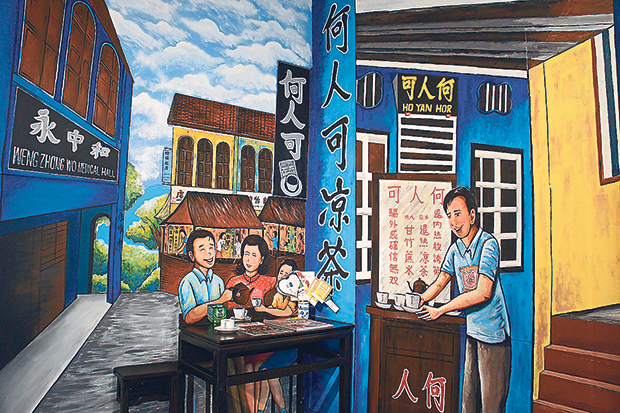IPOH, July 31 — The corner building just across from Concubine Lane stands out for two striking reasons. On its side wall is a black and white mural, one of eight in the Art of Old Town series by Ernest Zacharevic, done up in the style of a Chinese ink painting that depicts tin mining dredges that were once ubiquitous in the Kinta Valley. It’s befitting of the street’s name, Jalan Bijeh Timah, and an homage to Ipoh’s past glory as the country’s tin mining capital.
The two-storey shophouse itself sports a coat of intense blue paint, which immediately differentiates it from the rest of the nondescript, whitewashed pre-war buildings it is linked to.
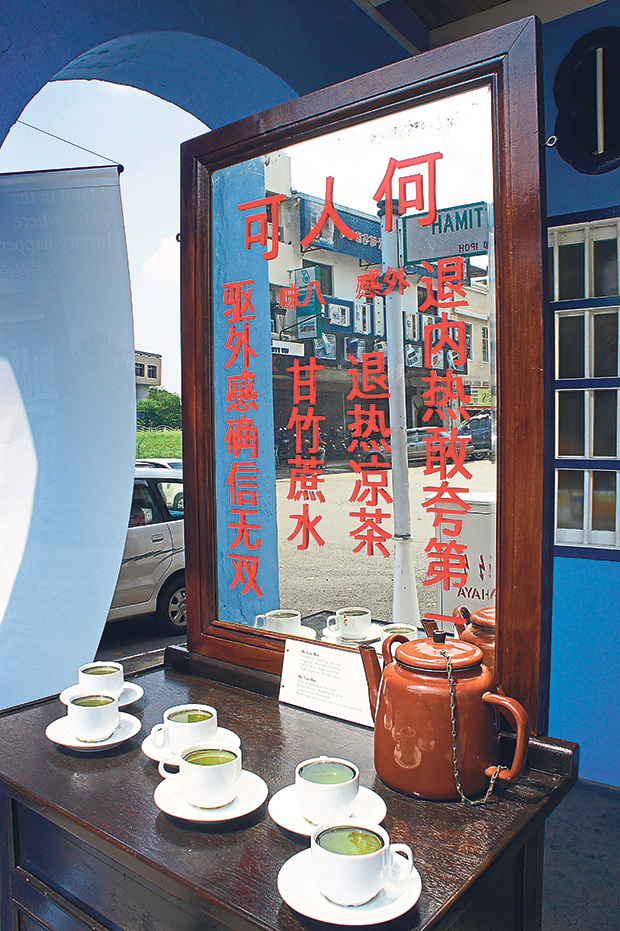
Its traditional Chinese architectural features are pretty: White scalloped eaves fringe semi-circular wooden shutters on the upper floor. On the ground level, the entrance is flanked by square grilled windows that each has a smaller opening above. Two red lanterns hang above the door, one on each side of the gilded wooden signboard bearing three Chinese characters that spell out Ho Yan Hor.
It’s a name that Malaysians know as one of the country’s oldest and most trusted brands of herbal tea. Whether to fight a fever, combat the flu or cool a heaty body down, many of us grew up drinking their proprietary tea and it’s still a remedy we rely on. But what do we know about Ho Yan Hor beyond the name and familiar dark green sachet packaging?
The Ho Yan Hor Museum, which opened this past January, chronicles the company’s growth from its very humble beginnings, right here at what was formerly No. 1 Treacher Street, then a residential building that was home to no less than five families.
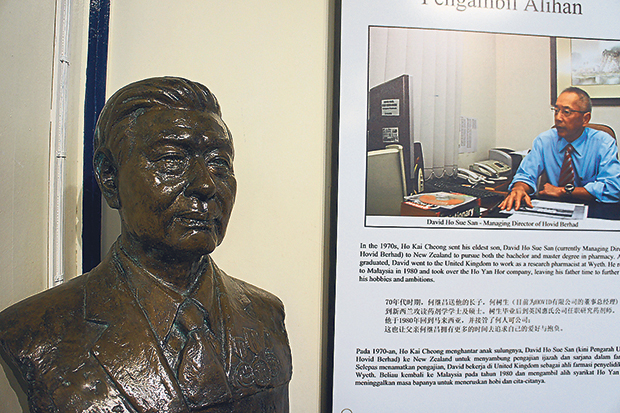
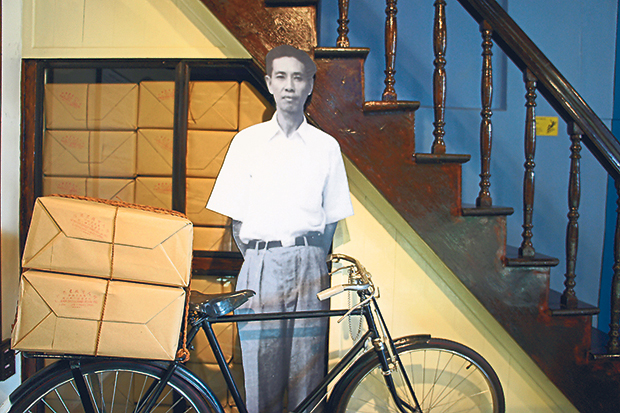
One of them was Ho Kai Cheong, a second generation Cantonese immigrant who was born and grew up in Kati, near Ipoh. Helping out at his father’s coffee shop from a young age equipped the young Ho with Chinese pastries-making skills but he wasn’t interested in taking over the kopitiam.
Instead, he decided to work at a Chinese medical hall and later studied at the Canton Wah Lam National Physician’s School in Hong Kong. He had escaped there in 1938 when the Guangdong army troop he was enlisted in and based in Humen, China came under Japanese attack.


Ho graduated from the school on Christmas Eve of 1940, and returned to Perak but it was to be another five years, after World War II ended, that he came to settle down in Ipoh. With only US$4 (RM16) to his name, the encouragement of a friend cum mentor, and a desire to have his own medical hall, he began brewing what was the beginnings of Ho Yan Hor.
During the day, he toiled in the kitchen perfecting his herbal tea. Come 5pm, he would set up a simple wooden stall right in front of the building and sell the brackish tonic for just 5 cents a bowl.
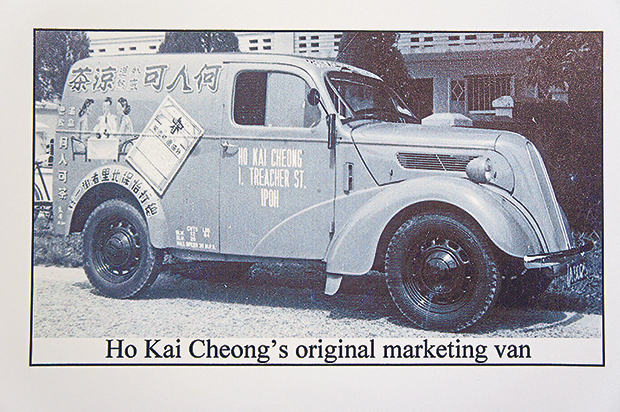

His first pot of tea sold out within an hour and soon, he was moving some 1,200 glasses of tea every night. Two years later, he hit on the idea of selling his tea in dried form and conveniently packed in sachets — an innovation that earned him the title King of Herbal Tea.
A replica of the stall now takes pride of place in front of the museum so that’s the first thing you will see before stepping beyond the bold blue façade. Inside, the cosy reception has a brightly-lit counter with three variants of Ho Yan Hor teas neatly displayed, facing a life-sized cut out of Ho Kai Cheong posing next to a classic Japanese bicycle laden with boxes wrapped in brown paper.
In the early days, that was how Ho sold his tea — as a cycling entrepreneur, going from village to town, all the way from Perak to Penang and the borders of Kedah.

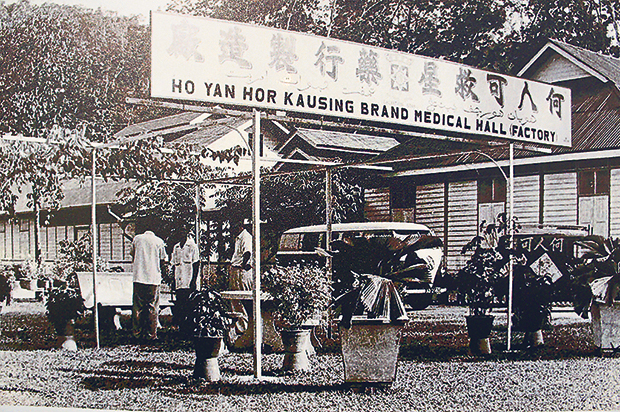
The simple display sets the tone for what awaits beyond the arched walkway next to it. After a brief introduction by a museum staff, you are free to explore the displays on your own. There is no guided tour and there is no need for one, as it’s a cosy space and the exhibits are well presented, capturing the history of the brand in trilingual captions (English, Malay and Chinese).
Black and white photos enrich the storytelling with even more details, providing nostalgic glimpses into not only the company’s early days but also the charms of retro Ipoh.
In documenting the company’s development through seven decades, it appears that the curators of the museum have left no stone unturned, laying bare every interesting and unique fact behind the brand – including all 23 herbs that make up the recipe for Ho Yan Hor’s original tea.
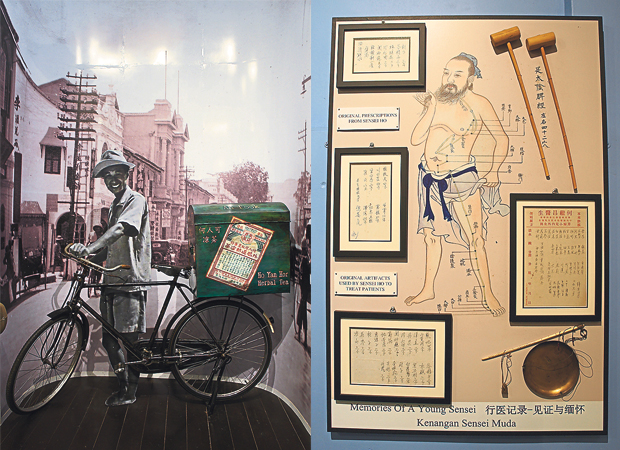

The kitchen, located on the ground floor, is a highlight, faithfully recreated to reflect how things were back in the 1940s when Ho Kai Cheong used it as his “central kitchen.” Neatly arranged across the tiled counters are kitchen tools and cooking equipment that were quintessential back in the day.
In the wooden cabinet, shelves are lined with rusted food tins of known brands such as Farley’s and Nestum, while rattan trays used for drying herbs are pegged on the walls.
The upper level of the museum presents more keepsakes from the company’s early days, including promotional materials handwritten by Ho himself in Chinese calligraphy.
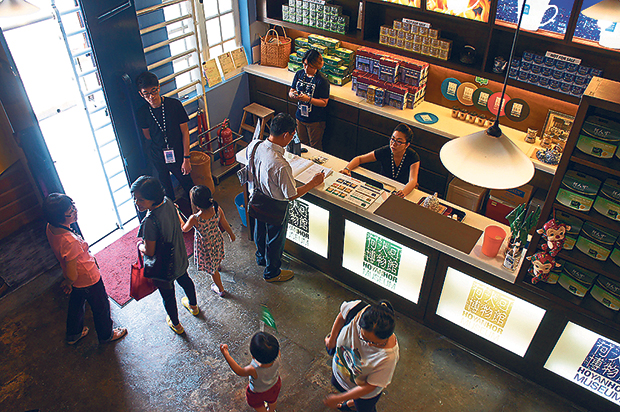
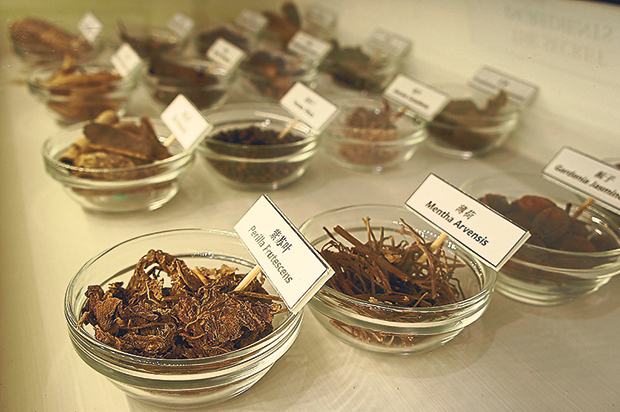
Visuals of the company’s early marketing vans are a delight to pore over. Their first official vehicle was the Fordson E494C, which is no longer in production, while Volkswagen’s combi vans were part of the later fleet. Ho Kai Cheong always made sure to fully utilise those mobile advertising units, painting both sides of the cars with different but equally vibrant liveries to promote his brand.


All in all, it should take you about an hour to walk through the museum at a leisurely pace. You’d think that herbal tea can’t be all that exciting a topic for a gallery but they have made it an interesting archive worth spending time on. For those who have been drinking Ho Yan Hor teas, it’s always an eye-opener to find out what exactly goes into every sachet.
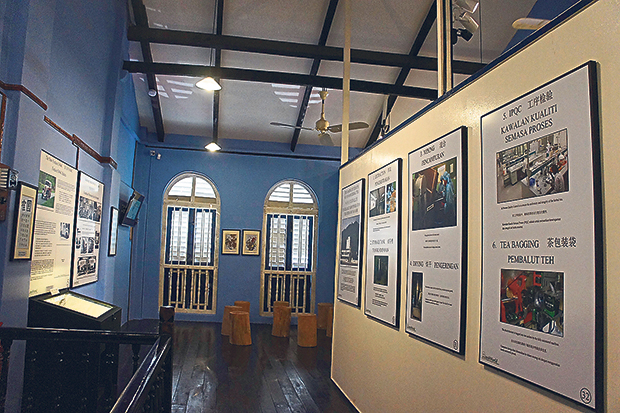
At the bottom of the narrow stairs that leads you back to the entrance, a feature wall showcases a 3D mural that depicts Ho serving customers at his first tea stall. You, too, will be served a cuppa before you take your leave. Their teas may leave a bitter taste in the mouth, but a visit to the Ho Yan Hor Museum is a sweet experience that will make you realise that it’s not just any cup of herbal tea but liquid gold that’s been decades in the making.
Ho Yan Hor Museum
1 Jalan Bijeh Timah, Ipoh, Perak
Tel +605 241 2048
Opens Tue-Sun, 10am-4pm Admission Free
Vivian Chong is a freelance writer-editor who always has a stash of Hor Yan Hor and other herbal remedies in her kitchen. Read her other travel stories at http://thisbunnyhops.com/
















